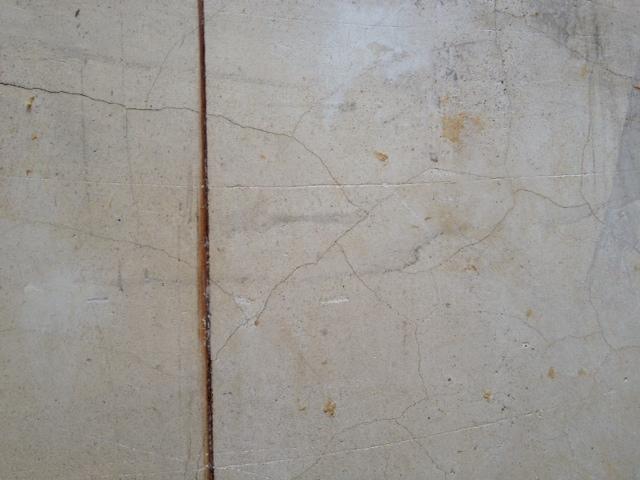I'm just in the middle of a major renovation of a house that was built in 1927. My builder called me today to say that there was a problem with the plaster and that we would either need to overboard all the walls or strip the plaster of and start again. The problem seems to be hairline cracks in the old plaster that he says will reappear. I've included a image of the cracks.
Now these cracks are everywhere and some parts are certainly blown as you would expect but the majority sounds solid when you tap it and you certainly can't pull the plaster off. When the paper first came off I was surprised how little was blown.
This is my third renovation and I've never had this issue before. I'm pretty sure my last home which was practically identical had similar cracks and we didn't have to overboard the walls. Just wondering if anyone in the know has an opinion. The builder is saying thousands extra and another 10 days so I am reluctant to go with his recommendation with out a second opinion.
[/img]
Now these cracks are everywhere and some parts are certainly blown as you would expect but the majority sounds solid when you tap it and you certainly can't pull the plaster off. When the paper first came off I was surprised how little was blown.
This is my third renovation and I've never had this issue before. I'm pretty sure my last home which was practically identical had similar cracks and we didn't have to overboard the walls. Just wondering if anyone in the know has an opinion. The builder is saying thousands extra and another 10 days so I am reluctant to go with his recommendation with out a second opinion.
[/img]


